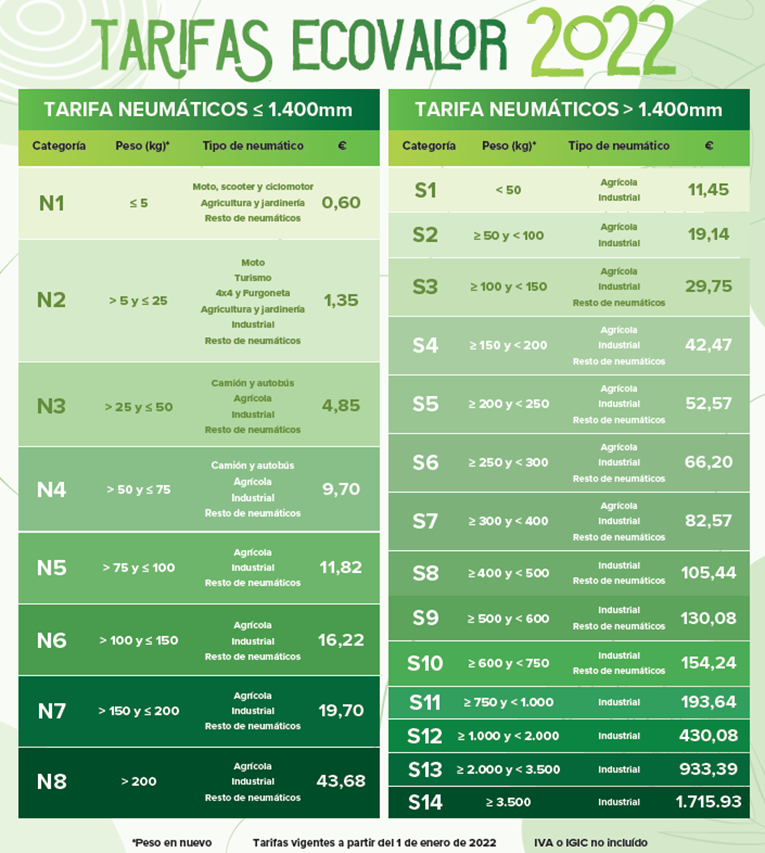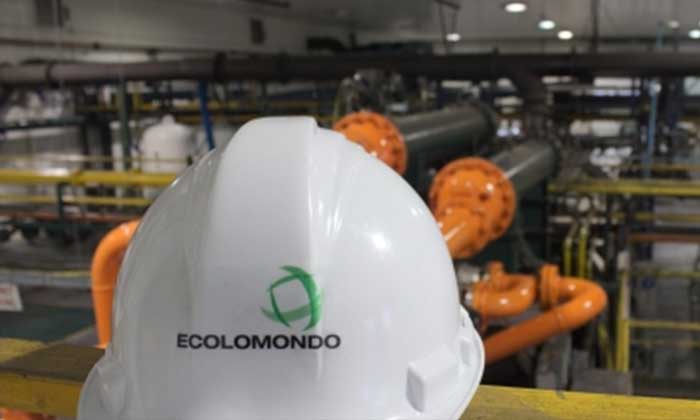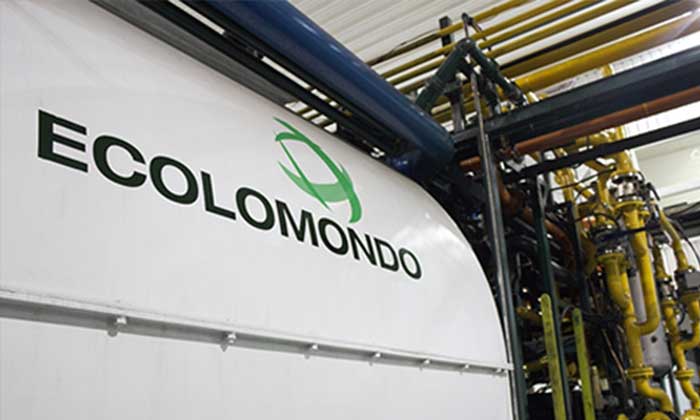Spanish EPR organization SIGNUS switches to end-of-life tire tariff system based on weight
SIGNUS, the major Spanish EPR program for end-of-life tires, has announced an adjustment in the structure of tire categories in the pricing table, which was detailed by Gabriel Leal, the General Director, and Julián Madruga, the Director of Relationships with Affiliated Companies.
SIGNUS tariffs have been structured based on the use of the tire rather than its unit weight since its inception. This methodology allowed for subjective interpretations, producing market confusion. As a result, and in accordance with the notion of fairness, SIGNUS' Board of Directors has approved a reformulation of the categories based on weight sections of the new tire in order to adjust the relevant tariff more objectively.
The following are some of the benefits of the new tariff system over the present one:
- The weight of the new tire is the only objective categorization criteria.
- Tires of identical weight have the same environmental value, independent of the application or use.
- According to the ecomodulation principle, the number of weight intervals is increased, limiting the leaps between categories and matching the ecovalue to the costs of tire management (€/ton).
- It is comparable to existing institutions in other nations (France, Italy, etc.).

Graphics by SIGNUS.
The new pricing structure, which has already been conveyed to producers, includes an equivalency table with the present one to make the necessary MITERD Product Producers Registry declaration of placing tires on the market easier.
In addition, the presidency of SIGNUS' Board of Directors will be rotated from Goodyear Tires Espaa S.A. to Continental Tires Espaa S.L.U. for the next two years.
Press release by SIGNUS.
Weibold is an international consulting company specializing exclusively in end-of-life tire recycling and pyrolysis. Since 1999, we have helped companies grow and build profitable businesses.









